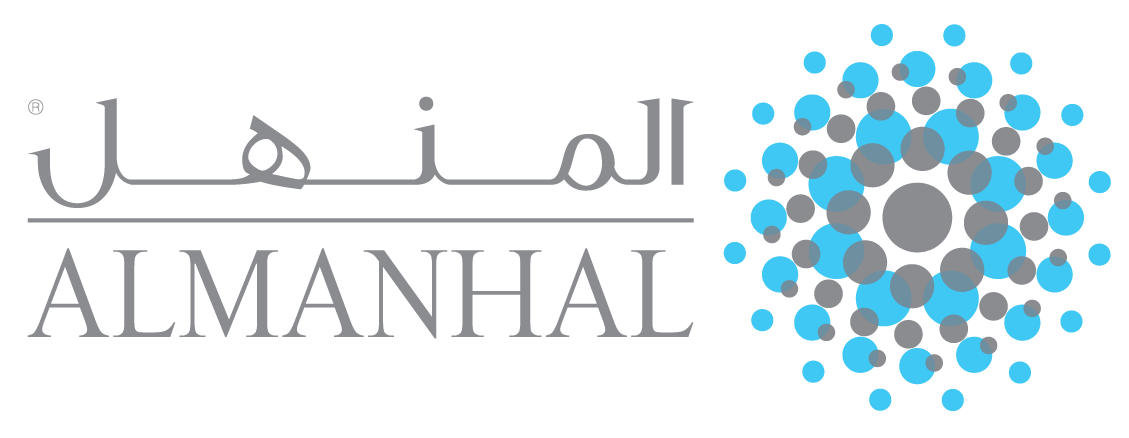Waqf Microtakaful: Practical Implications and Viability Assessment in the Context of Takaful Industry in Malaysia
DOI:
https://doi.org/10.31436/jif.v12i1.746Keywords:
Microtakaful, Microtakaful models, Islamic microinsurance, Islamic microinsurance models, MalaysiaAbstract
Waqf has been identified in many literatures to be a sustainable source of funding for microtakaful. The nature of waqf being perpetual, inalienable and irrevocable however has given it the features that could pose either as a catalyst or a hindrance for waqf to be considered as microtakaful contribution for the underserved. This study cautiously reviews the areas of waqf which require deliberation prior to operationalizing it into an actual microtakaful model. A comprehensive review of the literature is conducted to consider all microtakaful models that have been proposed for Malaysia within 2010-2022. An extensive review of literature is subsequently undertaken to identify articles embracing waqf in their microtakaful models. The study finds five microtakaful models which recommended waqf to fund for the underserved’s participation in microtakaful protection. These models exemplified the importance of sustenance of microtakaful operation through waqf. However, the practical and implementation issues relating to utilization of waqf were not explained from the perspective of each state’s authority over the waqf money, the waqf rules that falls under the Trustee Act, the lack of operational and technical expertise of the State Islamic Religious Council in microtakaful operation, and the use of temporary waqf as microtakaful contribution. The outcome of the study has opened up many areas for further research to be conducted. It serves to guide the academia to bridge the gaps, and it hopes to pave the way for the takaful industry to consider the possibility of including waqf in the microtakaful model.













